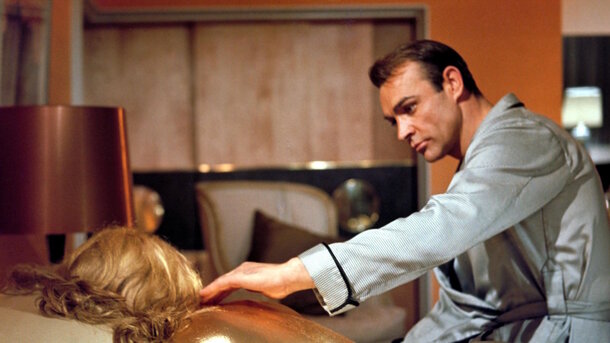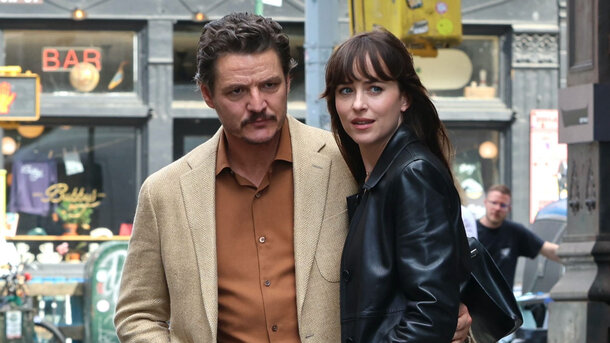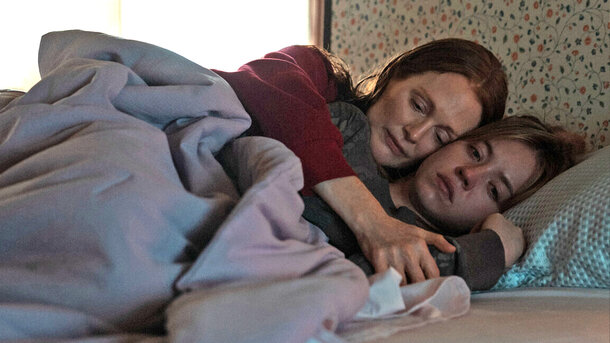His secretary, Jill Masterson, attempts to thwart his scheme by betraying him but meets a grim fate when Goldfinger kills her by covering her entire body in gold paint.
James Bond later explains that suffocating someone with paint can lead to death because the body "breathes" through the skin. He notes that professional dancers leave a small patch of unpainted skin at the base of the spine to avoid asphyxiation. While this belief was common at the time, it has since been debunked; a person can breathe through their mouth or nose regardless of how much of their body is painted.
However, painting oneself can be dangerous. It can block sweat pores, leading to overheating, and toxic substances in paint pose health risks if exposure is prolonged. During filming, actress Shirley Eaton was monitored by doctors while covered in paint for her iconic scene. She wore a G-string and had a small area left unpainted for safety.

Eaton did not suffer any adverse effects and continued her acting career before retiring to focus on family. The image of her golden body remains one of cinema's most memorable moments.
Interestingly, Goldfinger wasn't the first film to depict death by gold paint; that distinction goes to the 1946 movie Bedlam, starring Boris Karloff.











